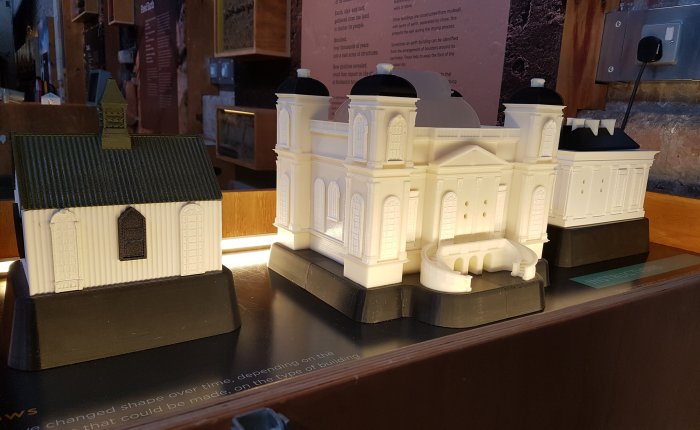Last week I returned to Orkney (less than two months since I was there last!) – setting off at the crack of dawn in the northeast of England and making the epic drive to the most northerly point of mainland Scotland, before catching the shortest ferry crossing to take me over to the Northern Isles – again! I did drive over the new Queensferry Crossing, which is very impressive (I’ve now crossed all three Forth bridges in a year!). I also stopped off at Inverness to see the cathedral, have a bite to eat and a stroll along the river which was lovely. The purpose behind this exciting road trip (8 and a half hours on the road not including breaks!) was to give a paper on outlining the ideas and aims of my PhD at the Our Islands, Our Past conference, held by the Archaeological Institute at the University of the Highlands and Islands (UHI) in Kirkwall. I also wanted to see a few sites I hadn’t done on my first visit to Orkney and ambitiously hoped to see the Northern Lights if the weather conditions were right…
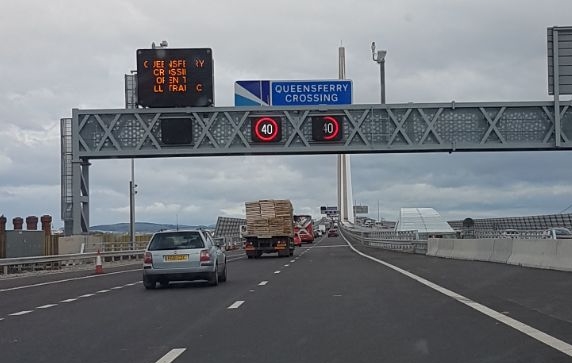
I caught the morning ferry from Gills Bay, near John ‘O Groats, to St Margaret’s Hope on South Ronaldsay. It was my first time on this island, so I visited the famous Tomb of the Eagles, a Neolithic chambered cairn 5000 years old. (I chose to “skateboard” into the cairn as it was quite muddy, and appreciated borrowing some waterproof trousers the visitor centre thoughtfully has prepared for visitors!). The coastline walk around the site has some dramatic cliffs, and I spotted a seal sunning itself in the bay, as it was incredibly bright outside (but windy!).
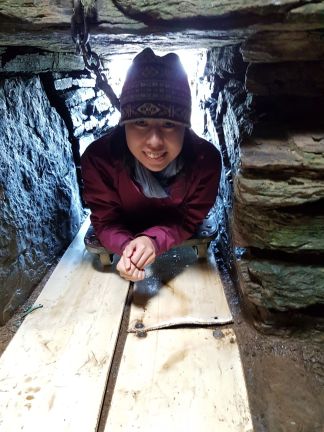
Last time I was in Mainland Orkney I was a bit pressed for time as I caught a bus to see the sights, and the nice driver let us have a whistle-stop tour of the Standing Stones of Stenness before continuing back to Kirkwall. I knew the site of Barnhouse Neolithic Village was close but I didn’t want to risk missing the only bus back into town for several hours! This time, taking a car (definitely the most flexible and convenient way to travel around Orkney), I walked to the Barnhouse Neolithic village from the standing stones. It is remarkably close (literally the next field along) and I was surprised at how few visitors were there. Perhaps they too had buses to catch! I explored Stromness Museum and the town in the afternoon, which reminds me somewhat of Lerwick in Shetland with its old harbourside storehouses and narrow lanes. On the way back to Kirkwall I stopped off at Unstan Chambered Cairn, and befriended a Shire horse in the next field over…!
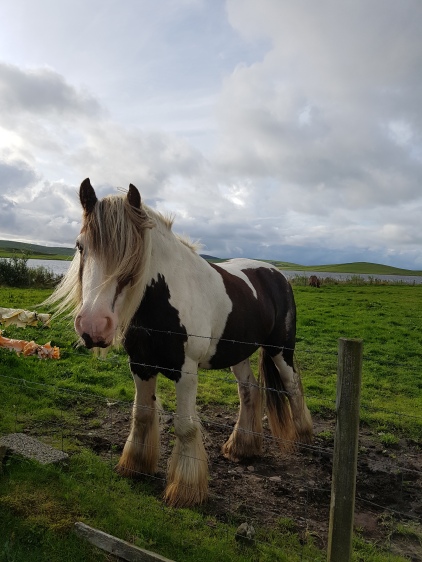
The day before the conference started I managed to squeeze in some non-prehistoric sites on the mainland, including the Norse settlement on the Brough of Birsay, the Earl’s Palace at Birsay and the Earl and Bishop’s Palace in Kirkwall – which is deceptively Tardis-like! I was amazed by how much of the Earl’s Palace remains and exploring the upper levels you do get a sense of how grand and complex the building was.

My last touristy thing to do was have a guided tour of Highland Park Whisky Distillery in Kirkwall. I’d never been to one before and don’t really know much about whisky making, so it was a fascinating experience (and now I know what the difference between single-malt and blended whisky is!). Nice to have a wee dram at the end of the day too!
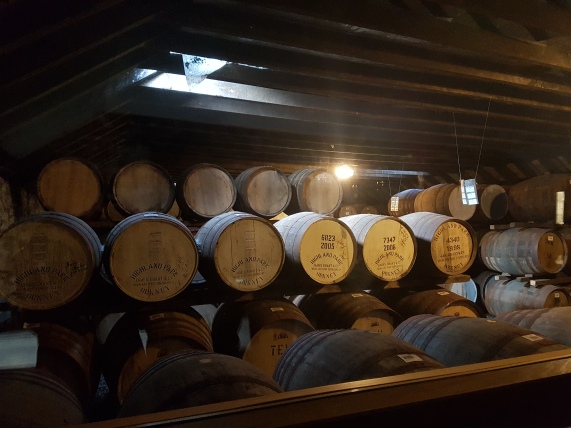
Onto the actual purpose of my visit(!) – I really enjoyed listening to the papers given at the student conference held at the St Magnus Centre on Friday by undergraduates and postgraduates at UHI. It was a great idea to combine the student event with the overall conference, encouraging students to present for the first time and giving them good practice for the future, and for visitors to hear about the research they are doing. I wish I had more practice in presenting as an undergrad – it’s a skill little taught at school but essential in academic research. I guess dressing up as a Roman and giving guided museum tours helped me out a bit, but it’s always different being up on stage (quite literally for this conference as it was held in the impressive Orkney Theatre)!
I had a very good time at the main conference. There’s such a wide range of different projects going on in the Northern Isles and it’s always nice to meet new people! Plus the stalls and extra presentations during the breaks were very interesting to see. I hope people liked my presentation. I’ve just started to process and look at the data we scanned from Mousa, so in a couple of months’ time it’ll look fantastic visually, but the audience were the first to see some of the scans registered together, so digital Mousa is being pieced together bit by bit! Many thanks to the organisers for inviting me to speak, and for such a great experience (the Orkney fudge in the conference bag was a nice treat!).
I had to catch the Pentland Ferry before the last session ended sadly, but I did manage to stop off at Doune Castle on the way down to Bradford. It’s where much of Monty Python and the Holy Grail was filmed, and has an excellent audio tour narrated by Terry Jones. As a big Python fan, it was a fun place to see (though I do wish you could climb the battlements to re-enact John Cleese’s taunts to King Arthur as the angry Frenchman…!). Doune itself is a lovely town and the local cafe does an amazing burger!
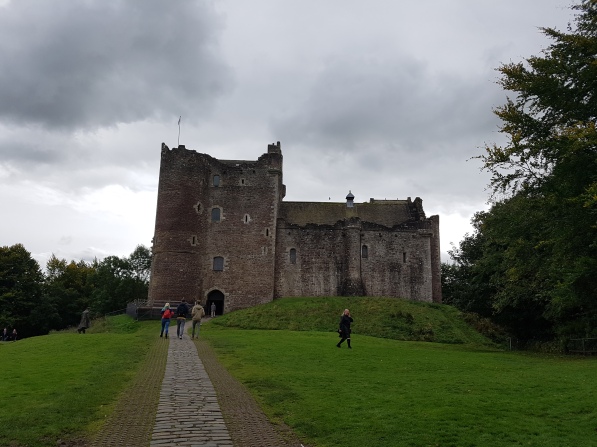
Back in Bradford now, I’ve got plenty of data to be putting together over the next few weeks. It’ll be exciting seeing virtual Mousa come together!

